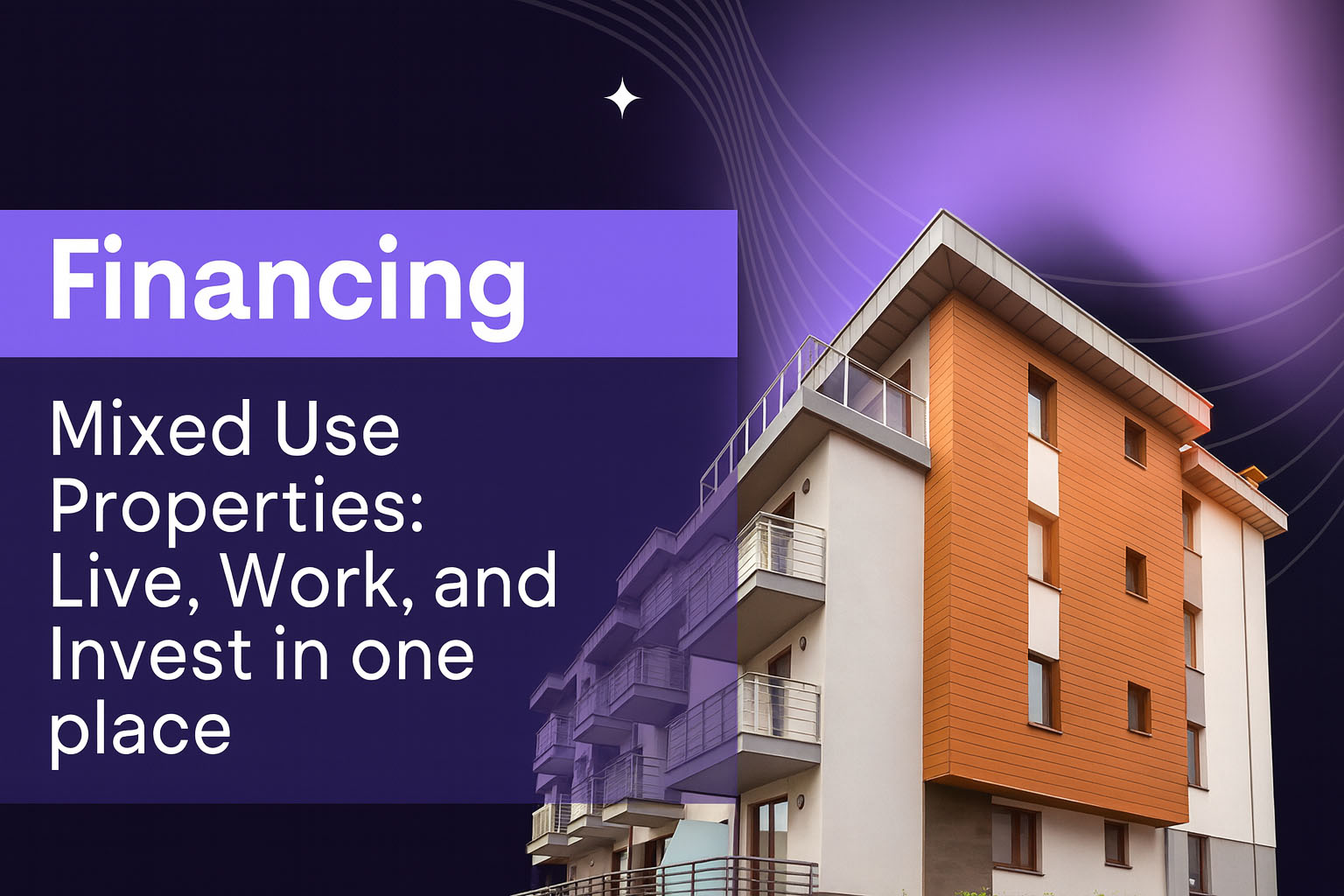Smart Ways to Use Bonuses, Inheritances and Tax Refunds for Your Mortgage
 Unexpected financial windfalls such as work bonuses, tax refunds, or inheritances can create exciting opportunities. While it may be tempting to spend these funds quickly, using them toward your mortgage can bring lasting financial benefits. Understanding the ways windfalls can strengthen your mortgage strategy will help you make the most of these resources.
Unexpected financial windfalls such as work bonuses, tax refunds, or inheritances can create exciting opportunities. While it may be tempting to spend these funds quickly, using them toward your mortgage can bring lasting financial benefits. Understanding the ways windfalls can strengthen your mortgage strategy will help you make the most of these resources.
Paying Down Principal
One of the most direct ways to use a windfall is to apply it toward your mortgage principal. Reducing the amount you owe can lower future interest costs and help you pay off the loan faster. Even a modest extra payment can shorten your loan term and save thousands over time.
Building a Stronger Cushion
Instead of paying the entire amount directly to your mortgage, you might use part of the windfall to build an emergency fund. Having savings set aside creates peace of mind, ensuring you can continue making mortgage payments even during unexpected setbacks. A strong financial cushion supports long-term homeownership stability.
Making Home Improvements
Investing a windfall into your property through home improvements can increase value and enhance comfort. Projects such as updating kitchens, bathrooms, or energy efficiency upgrades may also improve resale value. While this does not directly reduce your loan balance, it strengthens the overall return on your investment in the home.
Balancing Multiple Goals
It is important to consider your overall financial picture before committing a windfall. Paying down debt with higher interest rates, such as credit cards, may provide greater benefits than applying the full amount toward your mortgage. Striking a balance between debt reduction, savings, and mortgage payments allows you to maximize the impact of the funds.
Windfalls provide a valuable opportunity to advance your financial goals. Whether you choose to pay down principal, save for emergencies, improve your property, or reduce other debts, careful planning will ensure that these funds strengthen your financial future and your investment in your home.

 Mixed use properties are becoming an attractive option for buyers who want to combine residential, commercial, and investment opportunities all in one place. These properties can provide unique benefits, such as generating rental income while also serving as a primary residence. However, financing a mixed-use property requires a different approach than financing a traditional single-family home, and understanding the process is key to making the right decision.
Mixed use properties are becoming an attractive option for buyers who want to combine residential, commercial, and investment opportunities all in one place. These properties can provide unique benefits, such as generating rental income while also serving as a primary residence. However, financing a mixed-use property requires a different approach than financing a traditional single-family home, and understanding the process is key to making the right decision. Buying a home is one of the biggest financial decisions most people will ever make, and the mortgage process can feel overwhelming. With so much information available, it is easy for myths to spread, and many homebuyers still believe ideas that are simply not true. Clearing up these misconceptions can make the path to homeownership less stressful and much more successful.
Buying a home is one of the biggest financial decisions most people will ever make, and the mortgage process can feel overwhelming. With so much information available, it is easy for myths to spread, and many homebuyers still believe ideas that are simply not true. Clearing up these misconceptions can make the path to homeownership less stressful and much more successful.